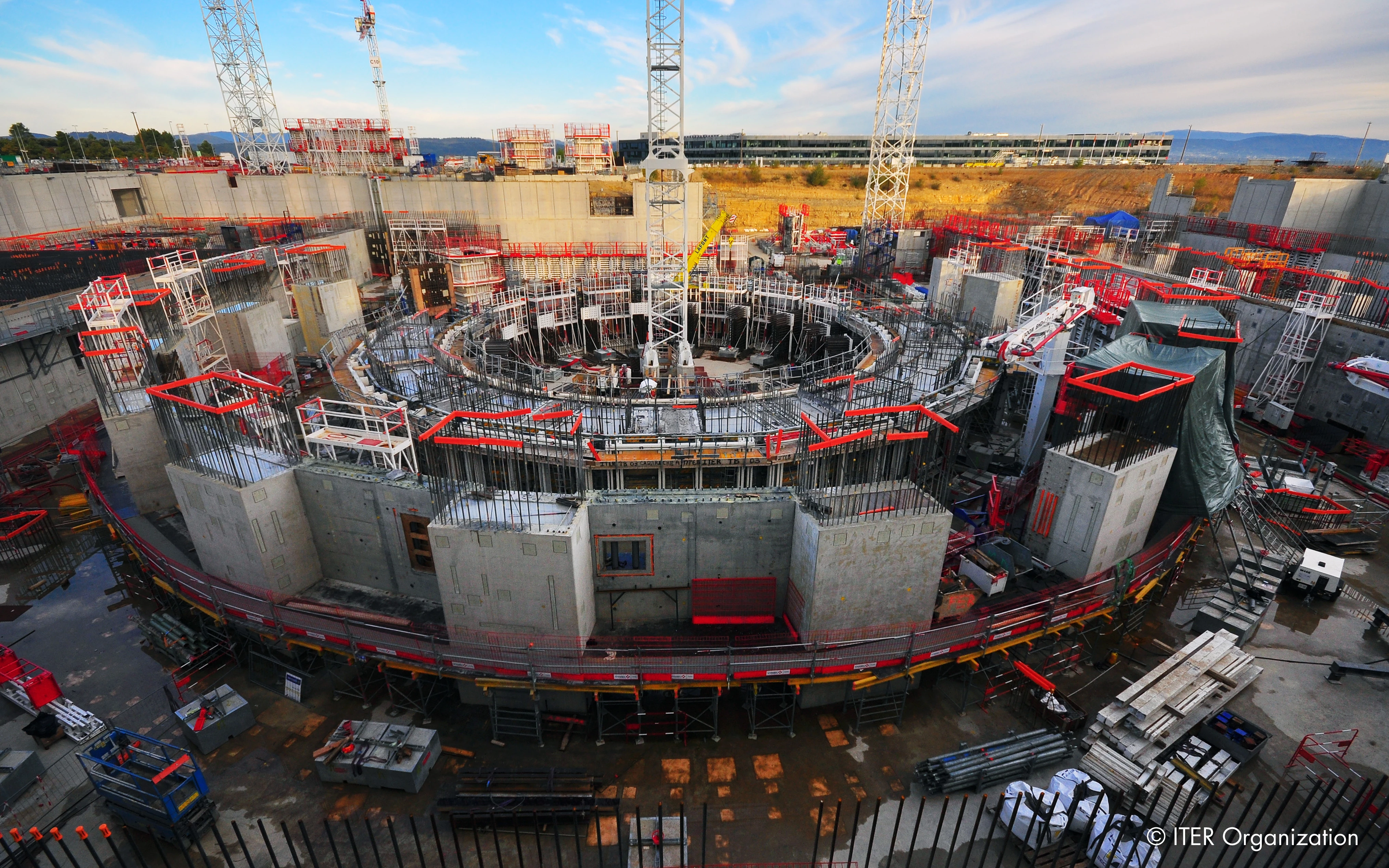
Member Article
The importance of embracing digitalisation in an increasingly competitive industry
Today, digital capabilities are a fundamental building block with which businesses can improve productivity by transforming their operational processes, business models, and even increase customer delivery. Across the board, digital technologies are evolving at a rapid pace, increasing competition and innovation.
The UK Business Digital Index report by Lloyds Bank shows that while 1.6 million small businesses do not have basic digital skills, those that do are 2.5 times more likely to increase turnover. Despite the benefits, which include cost savings and increased productivity, businesses are often hesitant to adopt digitalisation due to security reasons. It is by embracing digital tools that businesses can fast-track their objectives, staying ahead of an increasingly agile competition.
The Energy and Infrastructure sector in particular is going through a period of profound growth even during a time of market uncertainty. A digital revolution across the energy lifecycle is already proven to improve efficiency, operational processes and real-time process management.
With over 50 years of industry experience, we’ve worked alongside clients to aid in the transition of embracing digital innovation and technology solutions. Given the complexity of today’s business landscape, digital solutions are even more essential for meeting project deadlines, while abiding to regulatory and safety requirements in the ever more regulated sector.
Utilising a Big Data Centric Approach and Asset Information Hub Concept
We see a radical move from a documents based to a data centric approach that translates into incredible new insights through Artificial Intelligence technologies. The implementation of data centric approach on both brown and green field projects are delivered through the concept of Asset Information Hub (AIH) that will be the backbone on which all the digital engineering tools will be used and in particular the Digital Asset Management (DAM) solutions. This will ensure data continuity, both vertically (between the various teams involved) and horizontally (over the course of time), throughout the project’s different stages. Digital solutions in the nuclear industry ensure data integrity from the concept phase of nuclear power plants right through to the design, construction, commissioning, operations and ultimate decommissioning.
Utilised right from the concept phase, DAM offers a clearer long-term view of a project and enables us to control design, construction and operating costs and therefore more accurately determine the final price of a kWh of electricity, which is increasingly being agreed on a contractual basis with the operator at the outset of a project.
The use of these types of digital technologies in the aeronautic and automotive industries has generated productivity gains of between 20% and 50% as it encourages the sharing of precise and consistent data and significantly reduces the amount of repetitive work in the research phase (which in turn reduces needless additional work).
Toward a Data Driven System Engineering Approach
A nuclear infrastructure is a complex system with multiphysics, multi scale issues and encompassing interconnected workflows and engineering teams that are geographically distributed. Adopting a data centric approach will rejuvenate the system engineering making it more robust and more efficient, have a direct impact on the competitiveness and dramatically reduce life cycle costs.
Embracing Digital Solutions
In order to stay relevant and competitive in today’s business climate, companies must shift and shape their strategy, technology and operations to thrive. Widespread adoption of digital solutions, such as digital asset management or data driven system engineering, will have a significant impact on the business community.
For businesses who have already made the shift in embracing the technology, the results are clearly visible. Such businesses are boasting increased efficiency through a streamlined process and increased revenue. As a result, it’s imperative that businesses across the energy and infrastructure sector recognise the potential and begin implementing them into their business models.
This was posted in Bdaily's Members' News section by Assystem .




 test article 123456789
test article 123456789
 hmcmh89cg45mh98-cg45hm89-
hmcmh89cg45mh98-cg45hm89-
 test456456456456456456
test456456456456456456
 test123123123123123123
test123123123123123123
 test xxxdiosphfjpodskhfiuodsh
test xxxdiosphfjpodskhfiuodsh
 Savour the flavour: North Tyneside Restaurant Week returns for 2024
Savour the flavour: North Tyneside Restaurant Week returns for 2024
 Six steps to finding the right buyer for your business
Six steps to finding the right buyer for your business
 Stephen signs off on a special night
Stephen signs off on a special night
 Life’s a Peachaus: Gillian Ridley Whittle
Life’s a Peachaus: Gillian Ridley Whittle
 Making a splash: Phil Groom
Making a splash: Phil Groom
 Making workplace wellbeing a priority
Making workplace wellbeing a priority
 A record of delivery, a promise of more: Ben Houchen
A record of delivery, a promise of more: Ben Houchen